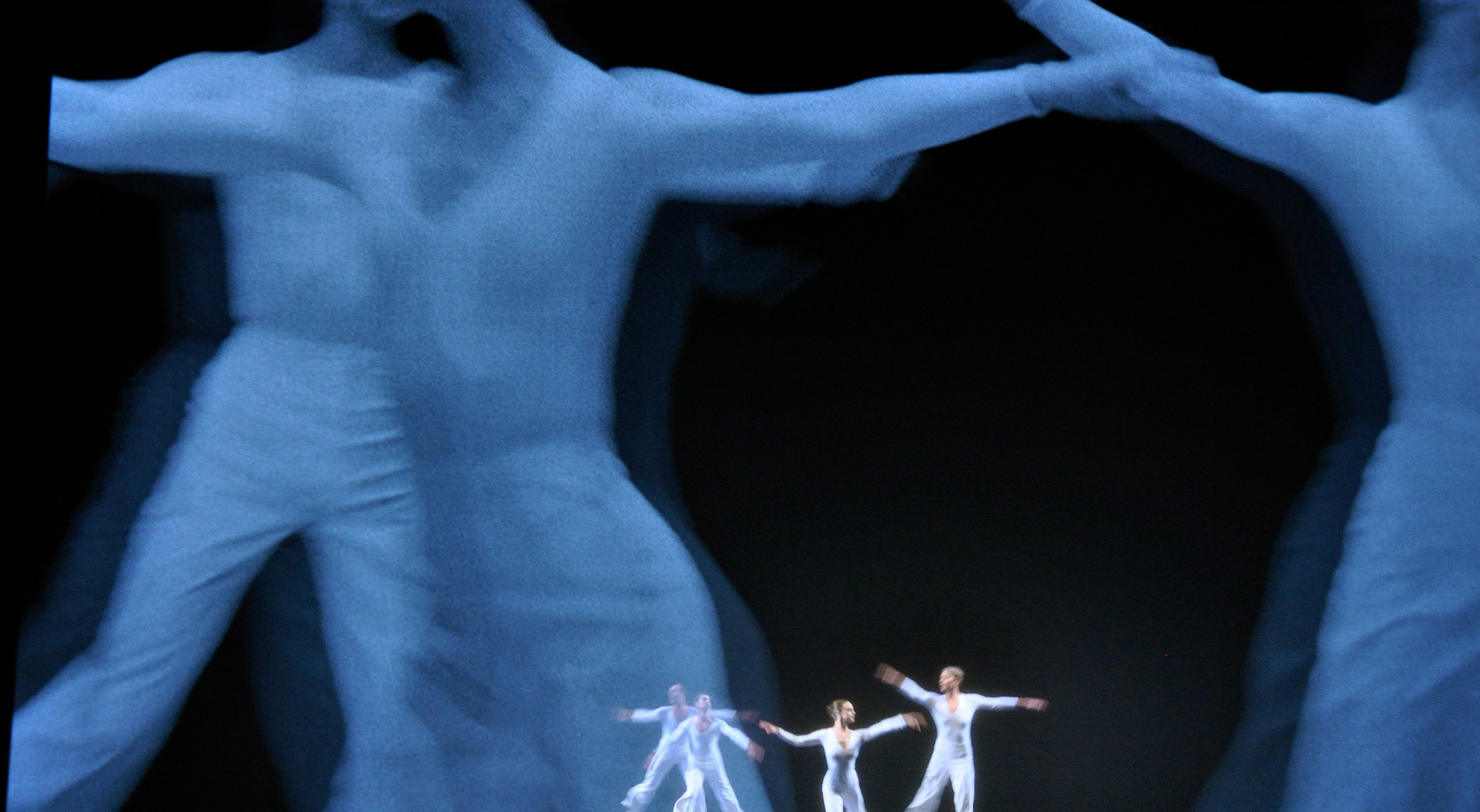Lucinda Childs
Dance
octoberoct 15
octoberoct 17 – 25
Choreography,Lucinda Childs
Music, Philip Glass
Film, Sol LeWitt
Lighting design, Beverly Emmons
Costume design, A. Christina Giannini
Lucinda Childs Dance Company: Ty Boomershine, Katie Dorn, Kate Fisher, Anne Lewis, Sharon Milanese, Matt Pardo, Patrick John O’ Neill, Lonnie Poupard Jr., Stuart Singer, Caitlin Scranton, Shakirah Stewart, and either Sarah Hillmon or John Sorensen-Joliink
A production by Pomegranate Arts // In collaboration with Théâtre de la Ville-Paris ; Festival d’Automne à Paris (for performances from 17 to 25 October) // The re-staging of Dance was commissioned by the Richard B. Fisher Center for the Performing Arts at Bard College, with support from The Yard, a colony for performing artists on Martha’s Vineyard. // Dance by Lucinda Childs has been made possible thanks to the National Endowment for the Arts’ American Masterpieces: Dance initiative, administered by the New England Foundation for the Arts.
The piece was first presented on 17th October 1979 at Stadsschouwburg de Eindhoven (Pays-Bas)
In partnership with France Inter
Dance - as its title says - is simply dance: the search for a choreographic composition corresponding to what it actually does. In other words, the perpetual engendering of form and shape by moving bodies. First performed in 1979, the piece constitutes a moment of synthesis in the history of dance - a bringing together of the pared-down movements of minimalist dance, in intense collaboration with musical and visual artists of the time. Set to music by Philip Glass and visuals by Sol LeWitt, the piece saw Lucinda Child’s invention of a dance full of ebbs and flows - which coincided with her work with Merce Cunningham and experiments with the Judson Church Theater. Re-staged and restored, this new version of Dance unveils a lapse in time, Sol LeWitt’s visuals giving us glimpses of the ghosts of the original dancers, including the solo danced by Lucinda Childs herself.
In three sections lasting 20 minutes each, two quartets and one solo, Lucinda Childs shapes the flow of the bodies and weaves them into the heart of the repetitive loops in Philip Glass’s music. Within the space, she draws up a geometric structure in harmony with the rhythmic quality of the music - forming a vast counterpoint echoed by the images that unfurl before our eyes. The film’s superimposed presence, and the interplay on scale and angles it brings forth, produces a ghostly interpenetration of the silhouettes and their doubles. This dizzying effect transports the spectator’s eye directly to the core of the movement and gives the space a sense of volume - as though all the lines cutting through the space assembled in a dream-like way, sliding and floating around in a fluid-like, timeless space. The result is a concentration of minimalism, akin to perpetual movement.
Sunday 9th November at 11h30 / Cinémathèque française
On the second Sunday of each month at 11h30, the Centre national de la danse/Cinémathèque de la Danse organizes events at the Cinémathèque française.
In conjunction with performances of Dance, the Centre national de la danse/Cinémathèque de la Danse is hosting a special event dedicated to Lucinda Childs at the Cinémathèque française. An image-based exploration of her work, from her early pieces created at the Judson Memorial Church right up to her contemporary works, together with a focus on Dance and her soli, will give us an insight into the relationship between the choreographic writing of Lucinda Childs and music, silence and rhythm.
Prices from 3€ to 6,50€ / Festival subscribers 4,50€ - Information and reservations: 01 41 83 98 48 / reservation@cnd.fr / or at www.cnd.fr
In the same place
